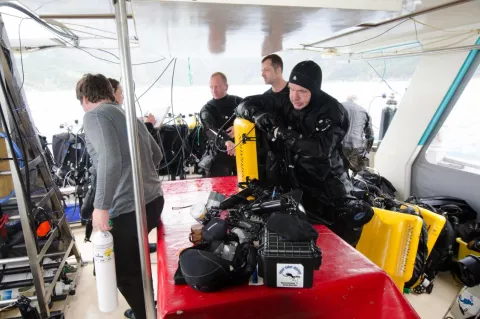Mexico: American Crocodiles in Banco Chinchorro
The pursuit of unusual and compelling photo opportunities has led me on some interesting journeys over the last few years, but few come close to the raw excitement of photographing the American crocodiles of Mexico’s Banco Chinchorro!














